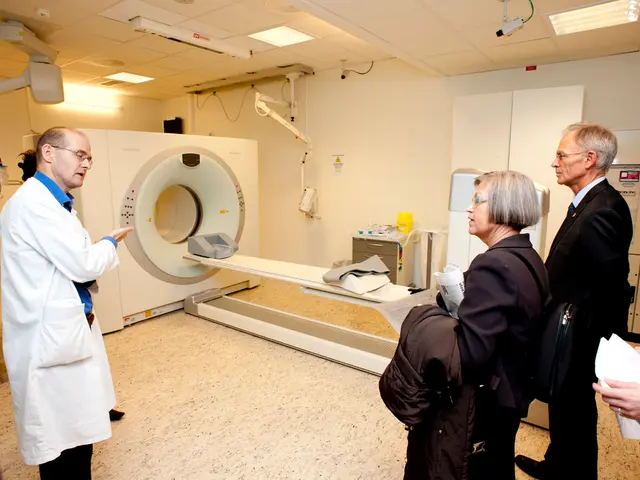Increase in Fatalities from Driving Under the Influence During the Pandemic
The COVID-19 pandemic has unfortunately seen a significant increase in alcohol-impaired driving deaths, according to a new study by the Insurance Institute for Highway Safety (IIHS). The key factors contributing to this rise are being linked to a national mental health crisis and declines in law enforcement staffing.
The study reveals that there were significant increases in self-reported depressive episodes and suicide plans during the pandemic, which strongly correlated with rises in impaired-driving deaths. Specifically, a one-point increase in adults reporting major depressive episodes was linked to approximately 304 additional impaired-driving deaths annually, and a half-point increase in those reporting suicide plans was linked to about 322 additional deaths per year.
Reductions in the number of full-time law enforcement officers also contributed significantly to the rise. On average, a decrease of five officers per 100,000 residents from 2018 to 2022 was associated with an additional 214 impaired-driving deaths annually. The reduced law enforcement presence likely diminished visible policing efforts such as sobriety checkpoints, which are crucial for deterring impaired driving.
Changes in alcohol policies had mixed effects. For example, allowing home delivery of alcohol from bars and restaurants was associated with an increase in impaired-driving deaths, while permitting to-go alcohol sales was linked to a decrease. Overall, the study found that the mental health crisis and police staffing reductions had stronger associations with the increase than changes in alcohol policy.
The IIHS stresses the importance of a comprehensive "Safe System" approach combining enough law enforcement resources with mental health and substance abuse treatment programs to effectively combat impaired driving. One notable exception in addressing impaired driving through a mental health lens is the use of specialized DUI courts, which aim to reduce repeat offenses by combining strict supervision with rehabilitative measures such as counseling, support groups, and mental health treatment.
As of 2024, there were 295 DUI courts operating across the United States, according to the National Treatment Court Resource Center. However, the use of these specialized courts remains uncommon, and researchers suggest a major policy gap: the lack of widespread programs that treat impaired driving as a symptom of deeper mental and emotional struggles.
In conclusion, the IIHS attributes the pandemic-era spike in alcohol-impaired driving deaths largely to a national mental health crisis and diminished law enforcement capacity, while the impact of alcohol policy changes remains less definitive. It is crucial that policymakers and law enforcement agencies address these issues to help reduce the number of impaired driving deaths and promote road safety.
[1] Insurance Institute for Highway Safety. (2022). Fact sheet: Alcohol-impaired driving during the COVID-19 pandemic. Retrieved from https://www.iihs.org/topics/alcohol-impaired-driving/covid-19-impact
[2] IIHS. (2022). Research brief: Alcohol-impaired driving during the COVID-19 pandemic. Retrieved from https://www.iihs.org/research/briefs/alcohol-impaired-driving-during-the-covid-19-pandemic
[3] Centers for Disease Control and Prevention. (2020). Mental health, substance use, and suicidal ideation during COVID-19 — United States, June 24–30, 2020. MMWR Morb Mortal Wkly Rep, 69(26), 849-857.
[4] National Institute on Alcohol Abuse and Alcoholism. (2021). Alcohol use disorder and suicide: What we know. Retrieved from https://www.niaaa.nih.gov/publications/brochures-and-fact-sheets/alcohol-use-disorder-and-suicide-what-we-know
- The COVID-19 pandemic, coupled with declines in law enforcement staffing, is contributing to a significant increase in alcohol-impaired driving deaths, according to a study by the Insurance Institute for Highway Safety (IIHS).
- The study found that a one-point increase in adults reporting major depressive episodes was linked to approximately 304 additional impaired-driving deaths annually.
- Reduced law enforcement presence likely diminished visible policing efforts such as sobriety checkpoints, which are crucial for deterring impaired driving, and this reduction was associated with an additional 214 impaired-driving deaths annually.
- The IIHS emphasizes the importance of a comprehensive approach that combines law enforcement resources with mental health and substance abuse treatment programs to effectively combat impaired driving.








